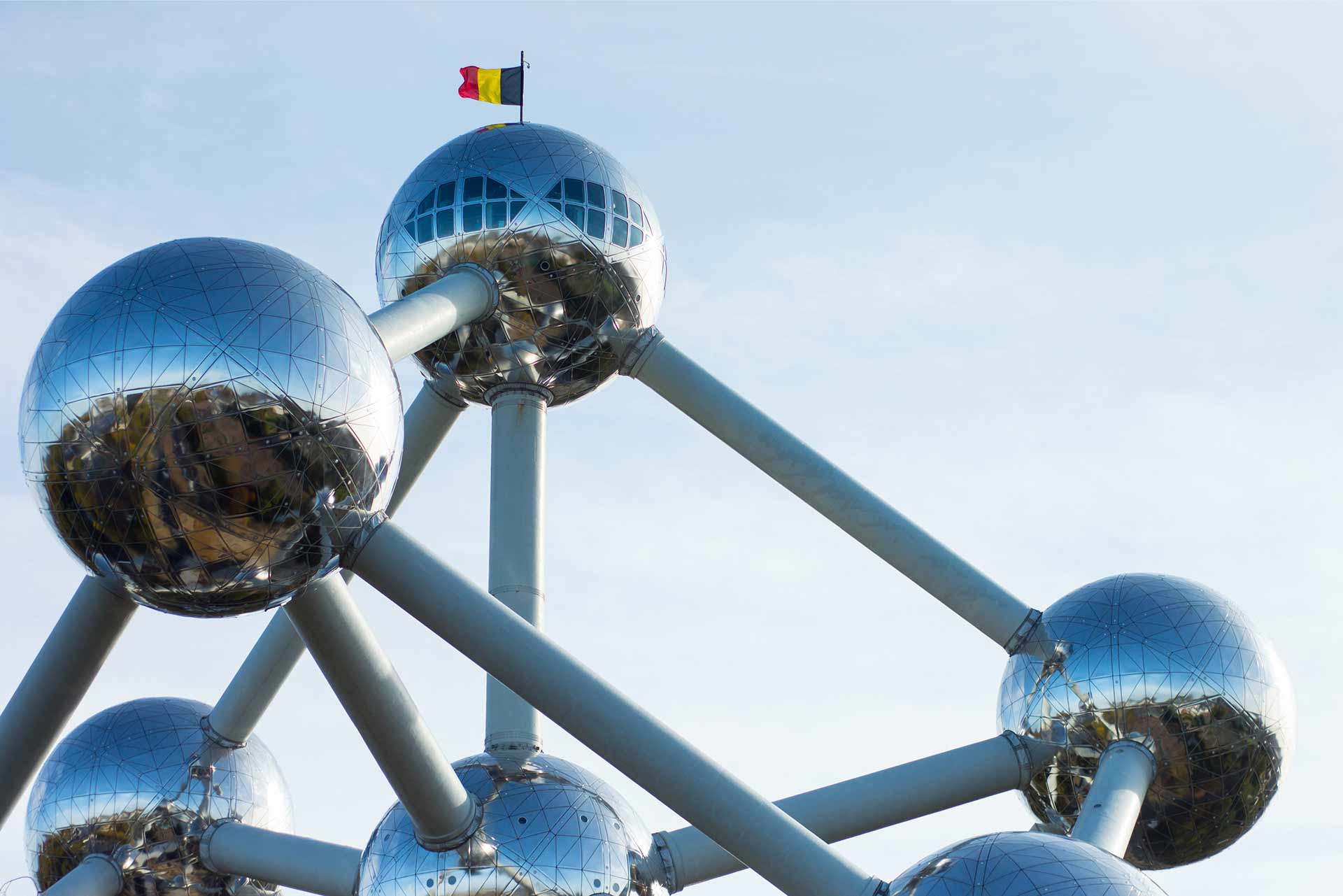First, the bad news.
Along with the rest of society, the Belgian chemical and pharmaceutical sector has not escaped the economic impact of the corona crisis unscathed. An annual report from essenscia has shown that turnover fell by 6.3% in 2020, equating to a daily sales loss of 11 million euros. The decline manifested itself in each quarter, hitting the chemical sector the hardest. Exports stagnated compared to 2019 at a mere +0.1 percent. However, while exports within the EU decreased, exports to other countries, particularly to the US and China, increased. The economic blow caused by Brexit is stark though: since the referendum in 2016, trade with the UK has declined by 26%.
Not all doom and gloom
Although exports didn’t increase by much, the figures nevertheless strengthen the position of chemicals and life sciences sector as a Belgian champion, accounting for 36% of the country’s total exports. What’s more, despite the corona crisis, pharmaceutical and chemical companies created 1,436 new jobs last year. This means that employment in the sector has risen for the seventh year in a row. Although the chemical industry accounts for half of the jobs, the strongest growth has been in pharma and biotech. With 95,506 jobs, the sector’s employment is at the highest level in almost 20 years: chemistry and life sciences now account for 20% of industry jobs in Belgium.
“Even in a challenging corona year, the chemical, plastics and life sciences sector continued to invest and create jobs.” – Yves Verschueren, essenscia
Investments in research and development also rose by an extraordinary 21.5% last year to a total of 5.5 billion euros. The rise was, unsurprisingly, mainly driven by the development of corona vaccines, new drugs and pioneering research in biotech. In 10 years, R&D expenditure has more than doubled. These investments in innovation and production capacity are a good sign of confidence in the long-term value of the life sciences in our country. A record number of nearly 1,000 patents were filed in 2020 for innovations in chemistry and biotechnology, accounting for 40% of the Belgian total. Yves Verschueren, managing director of essenscia, comment on the continued need for investments in both healthcare and sustainable technology:
“Even in a challenging corona year, the chemical, plastics and life sciences sector continued to invest and create jobs. A strong industry is needed to make the transition to a sustainable and healthy future. In the Belgian recovery plan, we count on broad support for pilot projects for the capture and storage of CO2 and the chemical recycling of plastics, both crucial technologies in the pursuit of climate neutrality and a circular economy. Our question is clear: keep working on an attractive investment climate and guarantee international free trade without export restrictions.”
How do Belgian life sciences measure up?
Even in 2019, before the onset of the pandemic, the added value of the pharmaceutical sector exceeded that of both the chemical industry and the food industry at 9.5 billion euros. Accounting for 2% of the gross domestic product, the pharmaceutical sector was the largest contributor to prosperity of all industrial sectors in Belgium.
“The social added value of the chemical and pharmaceutical sector has never been clearer. Many corona vaccines have been developed and produced in Belgium.” – Hans Casier, essenscia
Belgium is a serious hub for European pharma and biotech. While our country only represents 2% of the European population, Belgian pharma accounts for 10% of European R&D and 13% of exports. Belgium is the third largest EU exporter of pharmaceutical products to countries outside of Europe, after Germany and Ireland. We punch well above our weight, thanks largely to the presence of biotech companies and the “big four” pharma companies: Johnson & Johnson (Janssen Pharmaceutica), GSK, Pfizer and UCB.
Read this article to find out why Belgium is the number one biotech country in Europe.
This Belgian success story can be attributed in large part to the flourishing ecosystem, which links biotechs and pharmaceutical companies with research institutions, such as VIB, the Rega Institute of KU Leuven and the Institute of Tropical Medicine in Antwerp. Our country is also exceptionally strong when it comes to clinical studies: in the EU, almost one in five trials for cancer takes place in Belgium; for virus research, that’s nearly one in four EU trials. Hans Casier, chairman of essenscia, concludes:
“The social added value of the chemical and pharmaceutical sector has never been clearer. Many corona vaccines have been developed and produced in Belgium. Advanced plastic materials are essential for sustainable mobility and energy-efficient living. Chemical products ensure an efficient food supply and a better quality of life. We are the hydrogen industry and have the knowledge to convert a molecule such as CO2 into a valuable raw material. We are therefore counting on the government to give the industry in our country every opportunity, by providing maximum support for innovation and ensuring a higher influx of STEM talent from education.”
Header photo by Noah Frohn


